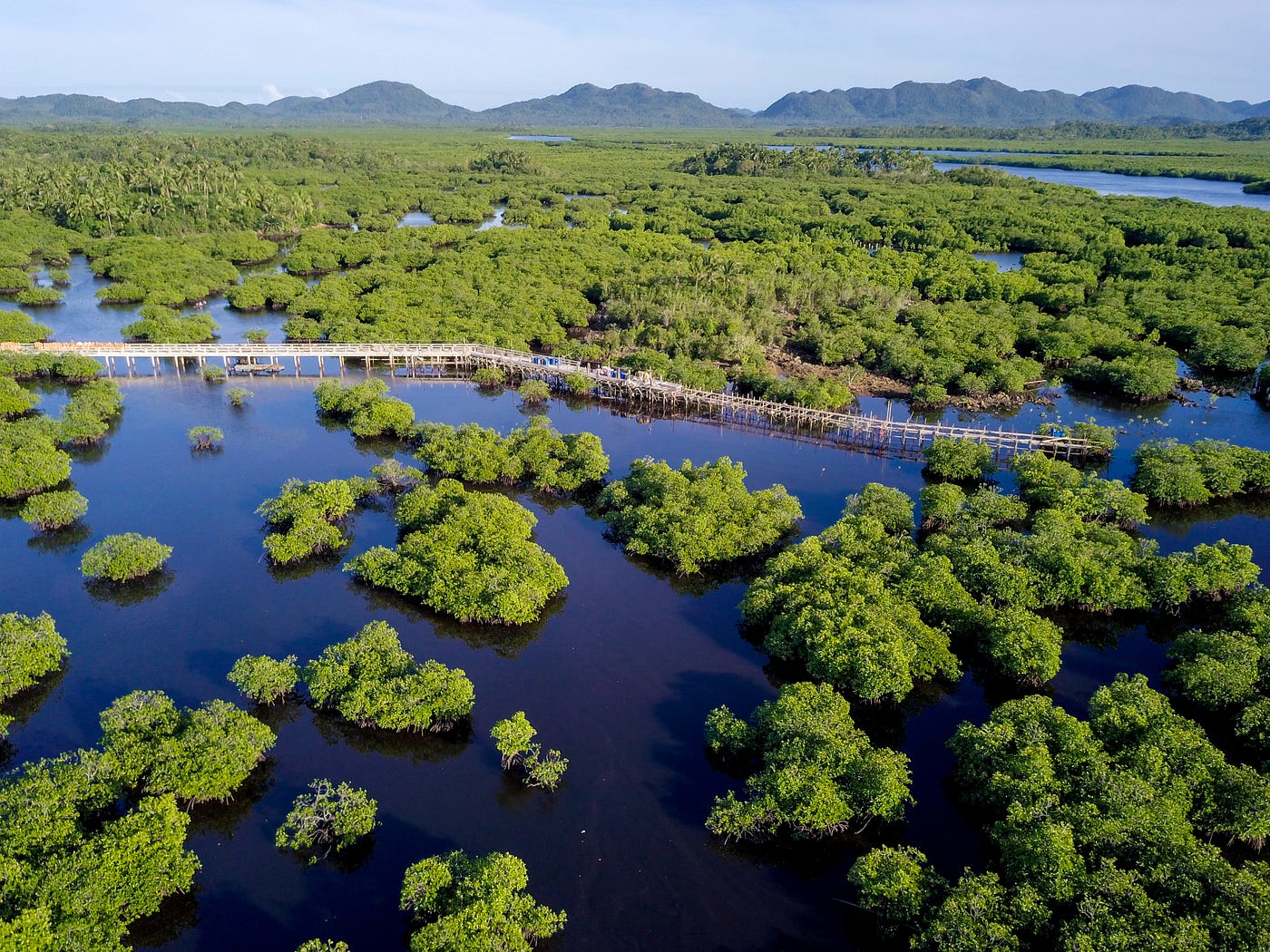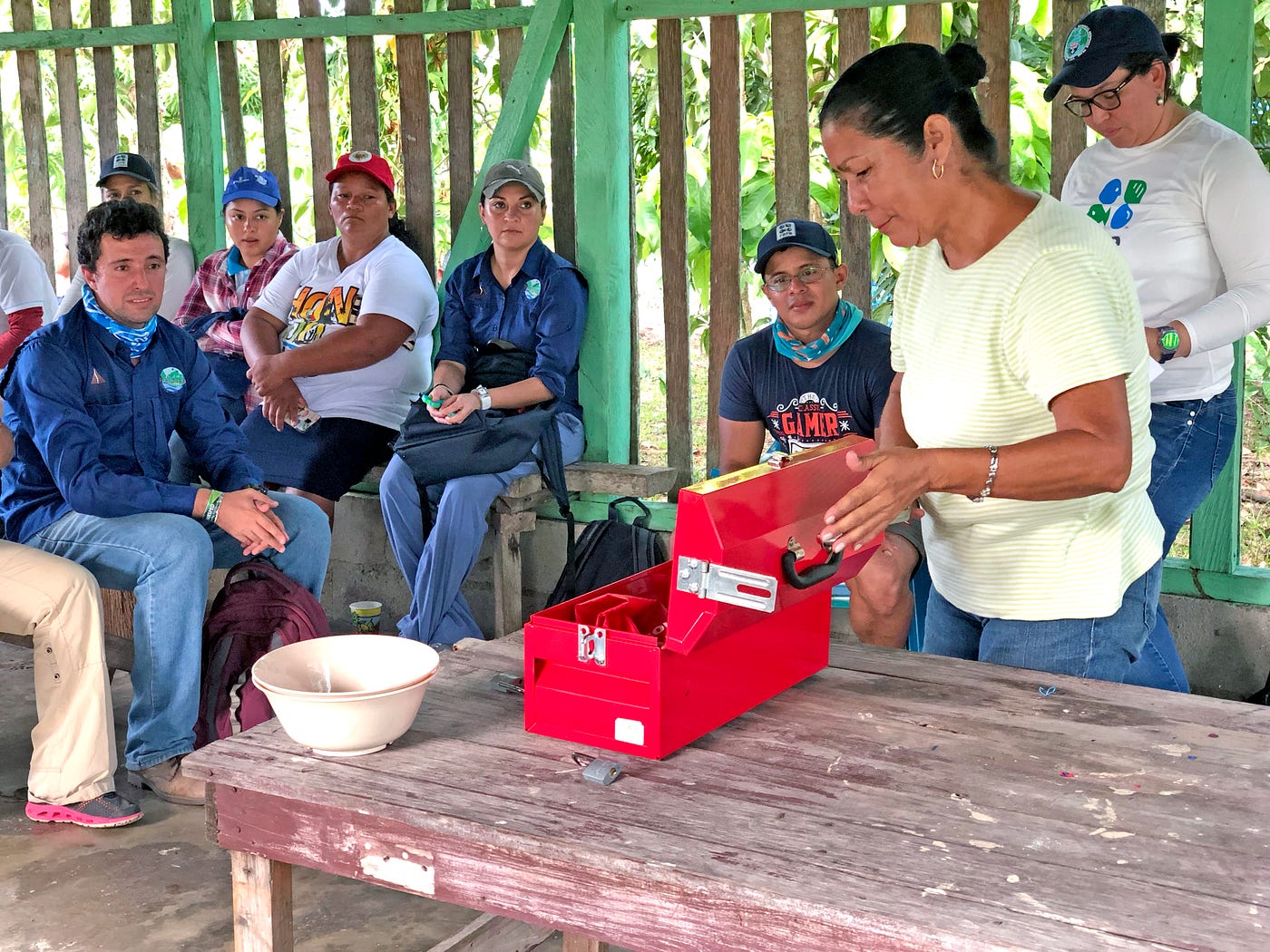Unprecedented. Unequivocal. Human-induced. This is a sampling of how the world’s top climate scientists recently described the state of global climate change in the latest UN Climate Change report.
For most people, the report is a ‘code red’ for the planet, a warning that climate change is here, it’s accelerating, and it’s no longer “hypothetical.”

In one of the report’s sad ironies, it lays out how climate change — fueled by human activity — is destroying our best tool for slowing its effects: our ocean. As the report states, it is “virtually certain that human-caused CO2 emissions are the main driver of current global acidification of the surface open ocean.”
The ocean is home to some of our best nature-based defenses against the impacts of climate change. A healthy ocean is essential to communities around the world adapting to, and ultimately moderating, a changing climate. Coastal communities increasingly understand the critical role mangroves and wetlands play in mitigating the risk of storm surges. Scientists are increasingly capable of making the case for protecting coastal seagrass beds, which turn out to be important carbon sinks. Most people recognize the role forests play in sequestering carbon, but the valuable role of other natural systems often goes unnoticed.
As global leaders gather in Glasgow, Scotland, for the 26th United Nations Climate Change Conference (COP26), they have a chance to recognize nature’s significance not only in mitigating climate change, but in helping humanity adapt over time. I am encouraged that one of the stated goals of the conference is to adapt to protect communities and natural habitats, specifically by protecting and restoring ecosystems.
After reading the IPCC report, I’m even more convinced that we need to focus on three things to achieve this key objective:
1) Embrace a nature-based approach
Coastal wetlands, like mangroves and seagrass meadows, reduce the impacts of climate change. These ecosystems sequester carbon — even more so than mature tropical forests per hectare. Mangroves reduce the impact of storm surges and other extreme weather. Coral reefs help communities withstand climate impacts by breaking big waves and absorbing their energy before they reach land.

Protecting, restoring, and sustainably managing these coastal ecosystems is a nature-based approach called ecosystem-based adaptation and offers an effective and efficient climate solution to improve community resilience and enhance food security. Empowering communities with tools like Managed Access with Reserves, a community-based fisheries management tool for preventing overfishing, is a proven way to reduce pressure on these ecosystems, while also meeting the needs of coastal communities.
2) Build the resilience of climate-vulnerable communities
Climate change disproportionately affects the most vulnerable people, those least responsible for the growing pollution blanket enveloping the earth, and those least able to adapt to its effects. These are coastal fishers — Indigenous Peoples and Local Communities among others — who tend to our natural resources, create jobs, and ensure local food security.
We must proactively support these communities, many of whom are rural and remote, often beyond the reach of the formal economy. These communities often lack strong governance, savings programs, insurance or socio-economic safety nets. Rare’s programs use behavior-centered tools, like community savings clubs, social marketing campaigns, financial literacy training and tools, and digital technology platforms to help communities build stronger ties to the formal economy and withstand financial shocks from climate-induced problems, like damage from extreme weather or irregular fishing seasons.

Community networks foster resilience. This year, Rare helped launch The Coastal 500 — a network of local leaders across eight nations committed to protecting coastal waters and ecosystems — to help catalyze the grassroots, community-led movement for healthy oceans. This collective action and leadership can serve as a motivating force for effective change. Ahead of COP26, I echo my colleague Rocky Sanchez Tirona’s call for global leaders to commit to finding ways to strengthen the resilience of our coastal communities.
3) Leverage the science of human behavior to catalyze systemic change
Since climate change is undeniably “human-induced,” changing personal behavior and shifting social and cultural norms offer a vital pathway to lowering emissions. I was glad to see the IPCC mention behavior change in the report, and I’m excited that other standard-setting institutions like the IUCN are recognizing the need for behavioral solutions to environmental challenges.
Changing social norms are one of the most powerful and untapped levers for catalyzing large-scale change. When people sense norms are changing, we experience two powerful phenomena: first, we question whether we too should be changing; and second, we begin to assume change is easier than we thought.

What the world desperately needs right now is a sense of momentum, a sense that people are starting to do something significant to address climate change. Five fishers embracing change inspires the local mayor to get on board, and five mayors attracts the attention of a minister, and once you have a few ministers, you can set a national agenda. Individual actions matter way more than we think.
***
Solving climate change requires both large-scale, collective change and individual effort. It requires phasing out fossil fuels while implementing nature-based solutions. And it requires action now. If we don’t act, we will miss the opportunity to tap nature’s potential to adapt and mitigate against climate change. Future IPCC reports will, and must, move beyond updating our physical understanding of climate change to assess adaptation, mitigation, and other important elements. In the meantime, Rare will continue to invest in people by putting behavior-centered solutions into the hands of the millions of individuals whose cumulative and networked actions can help address the climate crisis.